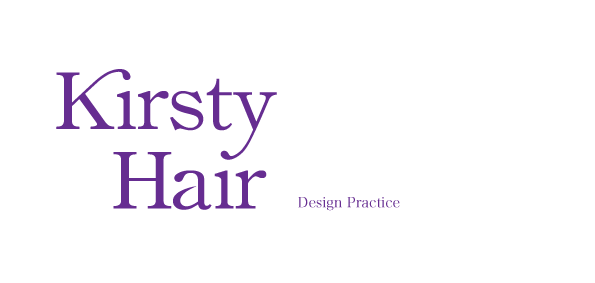Within a group of five we had to establish a problem that affects some sector of the general public in Leeds, and then solve it. From all our 100 photographs from the previous brief we focused on depicting an overall theme, so we could find a problem within Leeds. We each had similarities of outdoors, nature, the city, urban environments, and architecture.
Our initial ideas to begin researching were looking into nature. We wanted to know how it is affected by the city, how it has been ruined by the development of civilisation and buildings, and how the landscape has been ruined. The growing population in Leeds means they are always building new accommodation for students, as they make up 70/80% of the general population living in Leeds. We wondered if Hyde park was a threat to this development of the city, as it was the only large green area left, of oppose to there not being much in Leeds centre.
We then began to look into eyesores in the city, as there are problems such as littering that affect both nature and the city. Things such as vandalism, pollution, cigarette butts, gum and litter were the main eyesores that we noticed through observing the city. These things visually change the persepective of the city, and seems to be giving it a bad reputation as these people are disrespecting the city. Things such as drugs, crime and rowdy students are also brought into the equation for giving the city a bad name, who are these people and why do they do it?
We each began on independently researching to find out problems within the city and natural environment in Leeds.
Through secondary research I found that lately there had been a bin strike that began on Sept 7th, due to low pay cuts. "Leeds has a refuse collection service that is 20% less efficient than many other councils, and efficiency that equates to approximately £2 million. Strikers had been asked to work longer and harder, with a pay cut of over £1000. GMB members feel that the productivity targets are in-achievable in that the council expects bin lift rates if 220 properties per hour. Are bin lift rates a problem in Leeds? Are overflowing bins meaning that people are more likely to throw rubbish on the floor?
We decided to try and find this out by some of our own investigations and primary research. Some members from the group went out at different time sin the day to document their observations of how people use the bins. Through counting the number of bins within a route through the city centre, they accumulated 97 bins. 24 of which were on Briggate (the main shopping street). A lack of bins was definitely not an issue, and some were situated from as close as 3m away from each other. The bins did become more full as it got later, but very few bins were full, and people had littered within 16 metres of the nearest bin. Even if a bin is full, there is no excuse to not be able to hold onto your rubbish until you reach the next bin.
Looking at the Leeds Gov. website I found that the bins are emptied in accordance to how busy that particular area is, with bins being emptied either daily or 2-3 times a week.
According to the website www.praguepost.cz, 91% of litter on the street is from pedestrians and people throwing rubbish out of vehicles.
Litter is an important environment issue which many people overlook. It makes the environment suffer, and is also a waste of money for the government when they have to employ people to pick up the litter. It is also a hazard to health, a fire hazzard, it attracts vermin and bacteria, it is dangerous as things such as glass and syringes and other sharp objects can be left lying around, it is harmful to wildlife and waterways, and above all litter looks bad and reflects badly on the people who live there.
I also found out that from a survey of the places with the most penalties for littering, Leeds came in second with £65,000 in fines. With littering being an obvious problem, and looking at the litter on th streets, the fines aren't enough to stop people from littering. Our intentions as a group is to try to decrease the amount of litter on the streets by persuading people to use the bins provided. From our research we understand that the main reason behind littering was that people are jsut too lazy to fing a bin. We want to persuade people to use the bins by making it more convenient for them. We plan to achieve this by directing people to the bins if necessary, and also by creating posters to make the bins more visually appealing

No comments:
Post a Comment